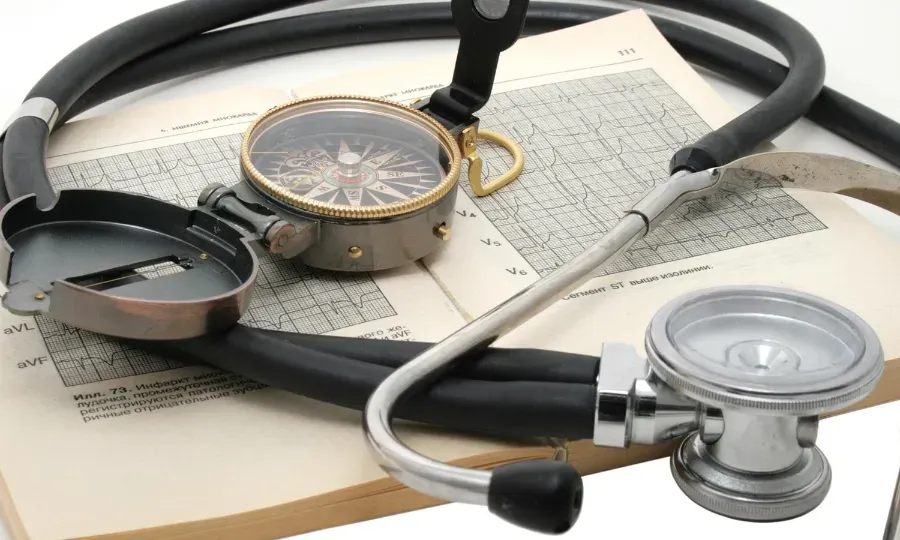Three Innovative Ways How Big Data Will Improve the Healthcare Industry

The healthcare is rapidly becoming another digitized industry that will generate vast amounts of data that can be analysed. Taking into account that a fully sequenced human genome accounts for 100 gigabyte of raw data, it may be clear that the healthcare industry will generate vast amounts of data in the coming years. All that data can be analysed to create tailored medicines, improve treatments as well as reduce fraudulent behaviours. According to PWC, fraudulent, wasteful, and abusive behaviours account for an estimated one-third of the $2.2 trillion spent on healthcare in the US each year, so there is a lot to win with big data.
Personalized Medicines and Treatments
Sequencing human genomes and DNA has become very cheap and fast today. In 2013 the sequencing of a human genome, including analysing and interpreting it cost only $ 5.000. Only 10 years ago, the costs of sequencing a human genome was still $ 2.7 billion. A sequenced genome will provide doctors with a lot of information about a patient’s health, how it will react to certain medicine and the chances it has to get certain diseases. With big data it is possible to improve the sequencing of the DNA as well as lower the price to a point where it can be used in treatments regularly.
In the (near) future it can be used to create tailor-made medicine to the human genome of a patient to obtain the best results of a certain treatment. Combining all the patients Electronic Health Records, diet information, social factors etc. with the sequenced DNA will enable to recommend a tailored treatment as well as personalized medicine. Aurora Health Care already started with proof of concept on this and they were already able to reduce the re-admission rate by 10% and save $ 6 million annually.
Algorithms can also analyse the effect certain types of drugs have on different types of patients in combination with other medicines. During such simulations, minor changes can be made to a certain medicine and scenario analysis can be performed on what will happen when a certain medicine is adjusted. With big data and the right algorithms it will be possible to do this via simulation instead of research on real patients, thereby saving valuable time, money and reducing time to market for new medicines.
Improving Patient Care
Many countries around the world are implementing Electronic Health Records that will optimize and centralize patient information. These EHR’s will create a lot of data that, when de-identified, aggregated and analysed will provide a lot of valuable information.
Bringing clinical data from labs, radiology, and electronic medical records as well as patient data, historical background information and social factors into one platform can be used to analyse and to enhance the predictive accuracy that will improve treatments. When the available data is centralized in one platform it will enhance communication among all patient care team members with an overall goal of improving patient experience and quality. Algorithms can analyse which treatment (or no treatment at all) will have the best likely outcome based on all the data as well as the personal DNA of the patient.
Big data technology such as sensors can also be used to enhance patients’ experience. Hospitals who give doctors, nurses and patients RFID enabled chips embedded in their patient's or doctor's card will be able to effectively manage the patients’ experience. It can provide insights in the relation between patients’ satisfaction and the amount of time a doctor or nurse was with the patient. It can also show the distance nurses and doctors have to walk across the hospital to care for their patients and whether it is wise to relocate various departments to minimize travel time and optimize the usage of expensive healthcare equipment.
Apart from monitoring the behaviour of doctors or nurses, it is also possible to monitor patients full-time anywhere in real-time. The data streams that are collected from bedside monitors when a patient is in a hospital can be analysed in real-time to detect subtle, but harmful, changes in vital signs and alert medical personnel when a change becomes dangerous. In the future however, it will be possible to have sensors inside or attached to your body. Those sensors will measure vital conditions of your body and alert a doctor whenever it is necessary. Such a telemedicine platform can be especially useful for patients in remote areas or with patients that have difficulties to get to a hospital. With predictive analytics used in real-time to analyse the data from those sensors it will become possible to predict a stroke or a heart attack before a patient even notices anything.
Out-of-home healthcare can also be improved using quantified-self applications and medical applications on smartphones, instead of using in-body sensors. These applications can measure on regular intervals and help the patient determine a cause for a certain measurement. If required, the patient can be send to a hospital in time, where upon arrival the doctors already know what is going on with the patient.
Eventually, the objective for doctors and nurses should be to improve the treatments and reduce re-admission rates of patients in hospitals. Algorithms can assist doctors to recommend and to determine the best treatment for each unique situation of a patient taking into account the Electronic Health Records, social factors, demographic and geographic data to help the patient in the best way possible. With predictive analytics the outcome of certain treatments can be analysed before a patient receives that treatment. As such the best suitable treatment is applied, reducing the need for re-admission, which will save hospitals a lot of money.
To Prevent Fraudulent Behaviour
Fraudulent actions can be detected using big data when the data sets of the health insurance company are linked to public and social data to see whether people are telling the truth if someone for example claims a certain disease but is seen on holiday pictures on Facebook. In addition, unnecessary treatments by doctors who claim funds of treatments that were never performed can be more easily detected with big data if aggregated claims over the entire population are analysed, taking into account patient demographics, past procedures and treatments, diagnoses, and the ordering physician’s utilization patterns.
With outlier detection analysis doctors who claim too many treatments will be easily detected and can be investigated more closely.
In addition big data can be used to determine over-utilization of treatments, services or medicines in a small timeframe compared to historical data, or when patients travel great distances for controlled medicines, billing of 'unlikely' services or treatment related to geographical areas.
Connecting various (open) data sets will provide insurance companies as well as hospitals with a wealth of information to bring down the massive amount of money involved with fraudulent, wasteful, and abusive behaviours. The way big data can help prevent health insurance fraud, can also be used to target health campaigns more specific if certain conditions, treatments or medicine are seen more often in certain geographical and demographical areas. This will lead to more tailored and effective campaigns that will save organisations and society a lot of money.
The opportunities with big data are enormous for the healthcare industry, although it will require a lot of investments, while still a lot of challenges will remain. One of the largest challenges will be the protection of the privacy of the patient as well as the security of all that data. Especially because so many different people will have to have access to patient data, privacy and security has to be on top of the list for any healthcare organisation that wants to move into the big data era.





